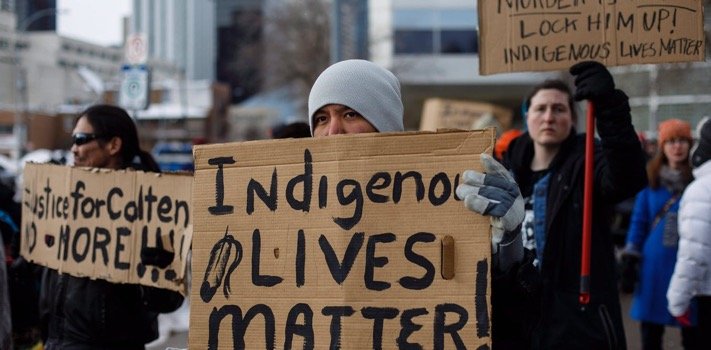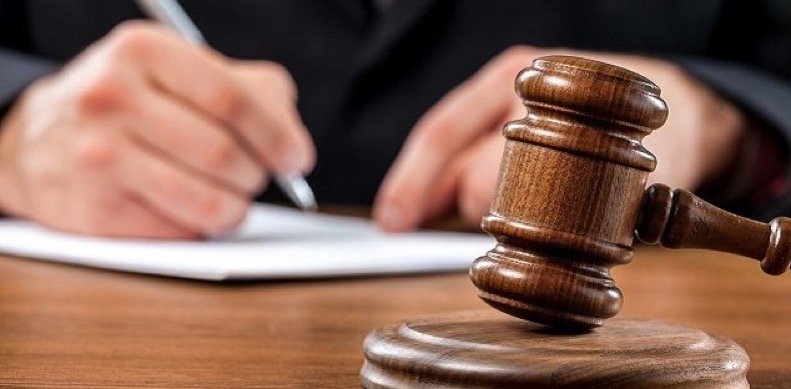The Indigenous Incarceration Crisis

In the past century, it’s been well established by statisticians that racial minorities are over-represented in North American prison systems. You’d hope that in the past twenty years, this would have changed a bit, but in fact, the statistics are worse than ever with native North Americans, black people and Latinos making up an increasing portion of prison populations. The native population, in particular, is massively over-represented in prison systems, which indicates not only a systemic racism but also that members of this population are falling through the cracks of the civilization that colonized their land.
Strangers In a Strange Land
The unfortunate truth about the indigenous population is that even though concessions and policies are in place that give them special status and resources, these individuals categorically feel like they are excluded from mainstream society. Most North Americans descended from settlers would argue that society is becoming more inclusive and that people of all backgrounds are accepted. However, while a number of demographics are experiencing increasing levels of inclusiveness (especially in socially progressive provinces and states), it does seem like North America’s first people are more embattled than ever.
Seeing The Issue
If you look at statistics for poverty, unemployment or underemployment, poor housing, addictions and mental illness within the Indigenous communities, it’s easy to see how so many people from these populations are at a higher risk for addiction or homelessness. Because some police officers expect trouble from minority demographics, they may make an arrest quickly, escalating a situation unnecessarily. This creates a repetitive script that plays out over and over again, as individuals on either side lock in their expectations. Thus, an emphasis on recovery over incarceration and a gentler, more helpful approach from frontline law enforcement and overall judicial reform could help to reduce these brutal numbers and help the Indigenous population feel more at home in their own land.
Seeking Help
Of course, at the root of the problem is a portion of the Indigenous youth demographic that feels like they don’t fit in, which can cause them to act out or numb themselves with drugs and alcohol. If Indigenous youth can find mentorship and counselling before they end up in the system, then their chances of finding a positive path are greatly increased. If they are arrested on petty charges and face prosecution, a good defense lawyer is their best chance for staying out of jail and finding a better life.

What A Good Defence Lawyer Can Do
A good defence lawyer in North America should have a solid grasp of the Indigenous predicament. In America, the lawyer will have an intimate knowledge of the state’s District Attorney and their attitude and arguments in these types of cases. In Canada, the defence should be familiar with the protocol of the Crown Prosecutor, as well as what are often called the “Gladue principles” established by the Supreme Court of Canada.
Shaffie Law in Toronto, for example, is a defence firm withdirect experience working with the Crown Prosecutor on hundreds of cases involving Indigenous defendants. They understand how to read the opposition - painting compassionate, three-dimensional portraits of indigenousaccused persons,while fearlessly pursuing defence strategies that obtain great results.
More to Read:
Previous Posts:







